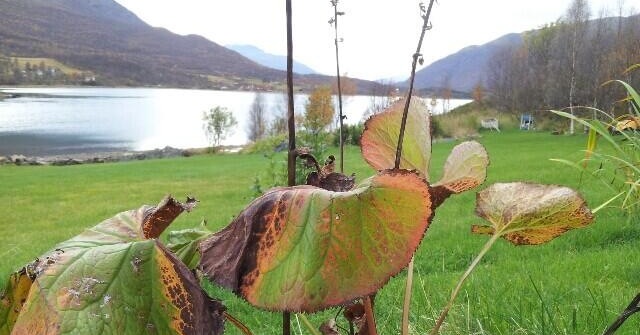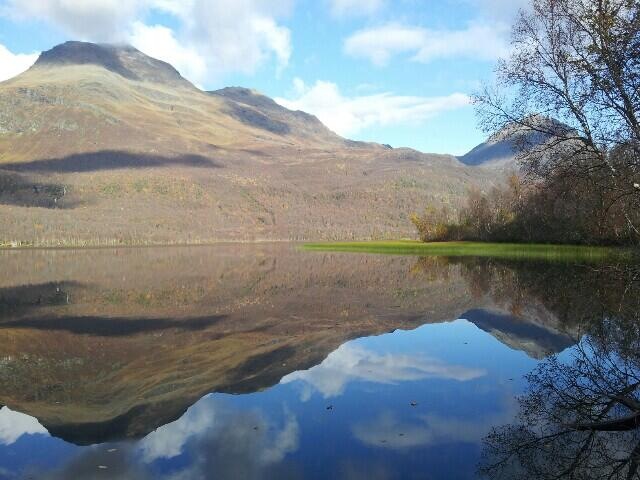
September 29, 2013, by Stephen Mumford
Photo Synthesis
The camera, even in my childhood a rare item, is a gadget that everyone I know now possesses. We used to choose our shots carefully. There were only 24 or 36 frames on a roll of film, which then required time and money to be developed and made into prints. Any movement led to a blurred, wasted result: an error discovered only some weeks later. We now get a cost-free instant image, stored in pixels, that we very rarely bother to print. Any number can be snapped indiscriminately, the worst discarded only if memory space becomes an issue. Many of these photos are of people stood in front of landmarks, smiling uncomfortably, including a fair share of rather comical selfies.
Despite this rather light-hearted majority use, photography is nevertheless capable of an artistic function. I remember not too long ago when people used to ask whether photography was art, as if there were doubt. At its best, I expect everyone now acknowledges that it can be. There is technique to be learnt, certainly, but also creative choices to be made about the subject matter, angle, framing, focus, depth of field, lighting, and so on. The camera can be just for holiday snaps but used skilfully produces beautiful or thought-provoking images.
The differences between the camera lens and human eye have always intrigued and frustrated me in equal measure. It is very hard to get a camera to reproduce what the human eye sees. The eye takes in a wide angle yet is able to attend to just one part of what is seen. Peripheral vision is not exactly blurred, and you can attend to it if necessary, but we seem capable of ‘looking’ at something that is just one part of the whole scene available to us. Often my attention is directed towards some such focus, I snap my photo, and am disappointed that the feature I wanted to pick out gets lost in the picture, where every part is more or less given the same degree of attention. A skilled photographer might try to alter the focus of the camera, or frame the shot such that the eye naturally follows to a certain spot. I have seen some special effects that attempt to reproduce the look of the biological act of perception but it is never wholly successful. I think it is clear that the photograph is a rather unnatural reproduction of this natural, organic activity. But perhaps that is one factor that makes it capable of an artistic usage.
 My interest in photography has been rekindled through Twitter where a number of those I follow are keen photographers, posting freely their pictures. One recommendation is Juliana de Albuquerque Katz (@the_stardust). On her travels she picks out interesting faces and scenes. Sometimes she uses black and white that creates a heavy mood but other photos are a more light-hearted record of urban culture.
My interest in photography has been rekindled through Twitter where a number of those I follow are keen photographers, posting freely their pictures. One recommendation is Juliana de Albuquerque Katz (@the_stardust). On her travels she picks out interesting faces and scenes. Sometimes she uses black and white that creates a heavy mood but other photos are a more light-hearted record of urban culture.
The juxtaposition between the natural human eye and the unnatural photographic image seems even more apposite when the subject of the photo is nature itself. For a few years now, Inger Haapasaari (@IngerHaapasaari) has delighted the philosophical corner of Twitter with her photos from a tiny village in the Arctic Circle. She has an eye for the dramatic imagery, colours and shapes of the north Norwegian landscape (I am providing a couple of examples here, used with permission). I usually think of my photos as hindering what the unaided eye would see but Inger I think has an amazing skill of allowing us to see more in the photo than we would have done in person. Perhaps it is because of the Arctic stillness she captures, but she creates an image upon which we like to dwell. It is as if she creates a game for the viewer: what can you see? There is never any person in the shot, though we might occasionally find an animal of some kind, and this allows us to contemplate the peacefulness of the environment. For those of us facing the stress and bustle of big-city living, her work is a welcome transportation to Sjøvassbotn: a village becoming increasingly famous due to the artistic possibilities of the photographic image.

Hi, Stephen!
I always read your blog entries, but today I was delighted and surprised to read my name mentioned in your text. I’m very glad that you like my pictures, thank you! My relationship with photography dates from my early childhood, when I used to steal my dad’s Olympus and document the life in the apartment.
But when I turned seven, my parents gave me my first camera. It was a black Aimex SP-500. The Aimex was light, cheap and compatible with my size. After we left the store, my dad took me to a park and taught me the basics about photography. I learned how to use the light to my favor and how to compose my shots. But the Aimex itself taught me a few other things. For instance, I’ve learned autonomy and respect for my equipment.
The camera was no longer a toy. It was a statement about my selfhood and its development. It revealed the way I saw the world and interacted with it. Through the limitations of the camera and the technique involved in manipulating it, I have learned about my own limitations and how to work with them in order to overcome myself and go further.
Although the differences between the camera lens and the human eye also intrigued and frustrated me as a child, I’ve learned that what I see would always be transformed by the way I interact with it and vice and versa.
In my opinion, this configures the artistic potential of photography. Art involves the transformation of our immediate circumstances. To photograph a person or a landscape involves much more than mere and accurate documentation of bodily features or natural characteristics. A picture projects a world in which reality shapes human perception of the ordinary and inspires acknowledgment. This is what turns Inger’s shots so special to me and also what underlies my own relationship with photography.
Thank you again! 🙂
J.
Thanks for a beautiful comment, Juliana. I really appreciate your photography and the way you describe it here.
I think it is very important that we think about photography and what digital imaging sensors enables. One school of thought is that more photographs than ever before are being created – surely this is a good thing for photography? The flip side to that school of thought is the impact that these millions of images have on our understanding of photography – do our values and understanding of photography change when we are exposed to “selfies” or is this just part of the evolution of photography? I am not so much looking for an answer but to generally spark discussion 😀
Juliana – I really enjoy looking at your photography – your pictures are quite quiet but still have a huge impact on the viewer. Some of your work reminds me of the work of Tony Ray Jones – a British photographer from years ago.